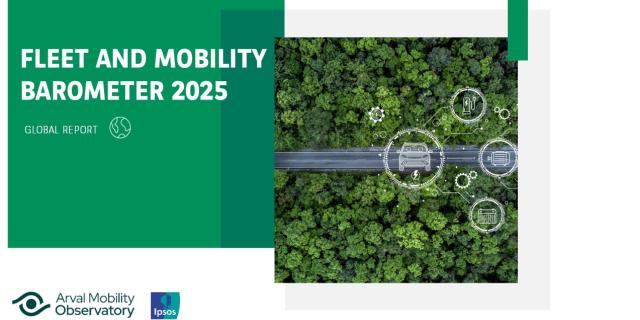Customers can actually use a car without having to own one.
It is a system that allows to loan a car for a short time (which can be less than an hour), by multiple users "allowed" or assigned.
•In exchange of a membership and payment for consumption, a car sharing company provides its subscribers a fleet of vehicles available 24h/24, through a simple phone call or Internet reservation.
•The cost of usage of this solution depends on the duration and mileage , the main goal being promoting local journeys.
What is car sharing?
Car sharing is also defined in opposition to other uses of the car as a service, such as carpooling or car rental.
Differences with carpooling: carpooling is maximizing the number of people in one vehicle making the same journey or so. Car sharing is the maximization of individual use of the same vehicle.
Differences with the rental: car sharing may be compared to car rental, but differs by the notion of service (self-service). The vehicles, which are generally distinguished by their environmental performance, can be rented for short trips (under an hour) and are available 24h/24. The user is autonomous in the use of the vehicle from booking to delivery of the vehicle.
Route deviation of a user
The car sharing companies have increasingly adopted technology and more or less identical mode. It is possible to distinguish the different stages of the standard customer journey. The creation of dedicated professionals offers did not upset the course deviation. A few differences, particularly in terms of membership and billing service, user, professional or not, runs these steps.
Membership in the Service
To join a car-sharing service you need to be usually 21 or 22 years old at least and have a licence for 1 to 2 years.
The customer usually register online by filling out a form. He has the choice between several subscription options.
The company send by mail a membership card which is also used to access the reserved vehicle.
The reservation of a vehicle
The reservation of the vehicle over the Internet or by telephone 24h/24 and 7/7. Booking fees vary from one structure to another. Internet booking can be free and cheaper (about 1.5 euros) than by phone (between 2 and 4 euros).
Most of the time the user can book a vehicle a few minutes before the picking up vehicle.
The user receives a confirmation (via SMS or email) of the booking and the location and length of booking eventually.
Support vehicle
The user locates the vehicle. There is direct access through its membership contactless card, which allows the system to recognize the user and confirm the booking. This card allows to lock and unlock the vehicle. At each entrance and exit of the vehicle, the user passes the card to the reader.
The ignition of the vehicle is usually found in the glove box with a fuel card to refuel if necessary (the price of fuel is usually included in pricing). More sophisticated systems have an on-board computer to start the vehicle and other features, such as the extension of the duration of the booking.
Billing
Billing is usually on a monthly basis. The subscriber receives an invoice for the subscription and usage of the vehicle made during the period. Some companies, such as Zipcar in the U.S., allow subscribers to have access to a secure area on the Internet to monitor in real time the status of their consumption.
The different impacts of car sharing
Environmental and operational impacts
The car is one of the main factors of pollution emission. Be it air pollution but also noise pollution and functional in congested urban areas. Studies on the impact of car sharing on the reduction of pollution in an area are not common, nor really relevant. The effects of car sharing should be seen as a factor of a sanitation policy of congestion (increase in public transport, toll plan business travel, etc..). However, the impact can be analysed through the drivers behaviour. Thus, some companies have been conducting studies to determine the effects on car use and the percentage of followers to quit their vehicle for a car-sharing solution.
Social Impacts
The main goal for a car sharing company is proving to prospective clients that they are based on the use of their own vehicle, subscribing to a more interesting car sharing service. The subscription price and the use of the fleet of shared vehicles must be lower than the price for the use of his own car (insurance, maintenance, fuel).
Economic impacts for a company
To provide its employees with a fleet of vehicles shared between the objectives of improving social conditions, economic and environmental impact of the company. Depending on the company's business, car sharing can be considered as part of the Travel Plan Company, for example. This segment "business" is a potential client for car sharing.













